In North Carolina, a Sea of Oxygen Bubbles — Spreading Across the State’s School Districts
Key Points
-
SparkNC offers a modern, competency-based learning experience through its SparkLabs, allowing students to engage with tech and innovation at their own pace.
-
By embedding innovation spaces in conventional schools, SparkNC fosters skills like collaboration and problem-solving, crucial for thriving in an AI-driven economy.
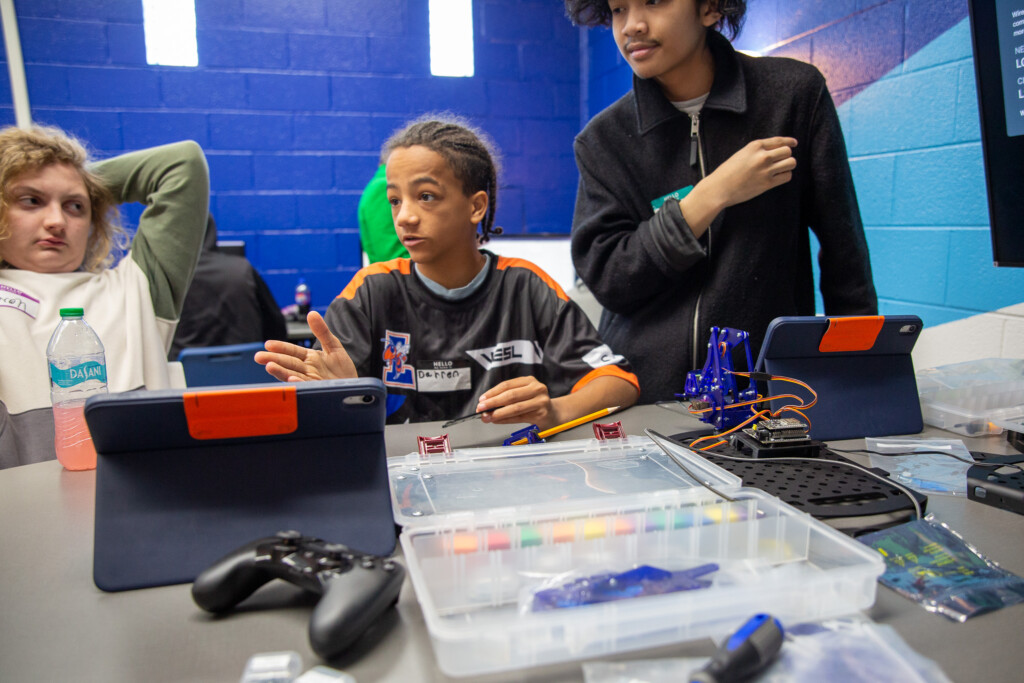
Lexington Senior High School, thirty miles south of Winston-Salem, is the proud home of the Yellow Jackets.
Built in 1953, it’s surrounded by small neighborhood houses with well-kept yards. An armada of yellow school buses line up daily outside its doors, while inside, a network of double-loaded hallways host rigid rows of lockers — one for each of its 900 students.
It is, in other words, a textbook example of an Industrial-era American high school.
Travel thirty miles further south, and you reach South Rowan High School — the home of the Raiders. And it, too, features all the familiar trappings: the buses, the lockers, the trophy case in the entryway, the hall monitors, and a large mural proclaiming its mantra — and hinting at the community’s working class roots: South Rowan High School: So we can be Enrolled Enlisted Employed!
In both buildings, however, one room is not like the others.
At Lexington, it’s a once-dingy classroom right off the parking lot. And at South Rowan, it’s at the end of a short hallway adorned with hanging color lights and a neon sign that invites you to DO WHAT YOU LOVE.
In both of these places, and in fifteen similar spaces (and growing) scattered across the state, bright colored paint, wobble stools, and 3D printers have replaced the conventional desks and chairs that still crowd all the other classrooms that encircle them.
Here, mini robots scoot across the floor, while students self-select themselves into color-coded work stations, and everyone proceeds at their own pace. It’s an entirely different energy and feel — something South Rowan’s Ashlyn McNeely says is very much by design.
“I talked to the students to ask them what they wanted,” she explained. “They told me that everywhere else they went in the school, all they were expected to do was ‘sit and get,’ so they wanted to create a space that felt like it belonged to them.”
Lexington’s Garland Beamer tells a similar story. “Before, this room was dark and dank. But as you can see, we’ve transformed it into something special. And it’s important that our kids get to experience nice things. We have a lot of students here with limited access to technology when they’re not at school. But those kids really thrive here. Any barriers that were inhibiting them get torn down. And now their creativity is unleashed.”
Lexington’s superintendent of schools, Dr. Nakia Hardy, agrees. “Folks are starting to understand that what we’re doing here is special,” she told a roomful of visitors who had come to see the spaces for themselves. “In fact, it’s more than special. SparkNC is an example of what all schools need to look like.”
So what exactly is SparkNC?
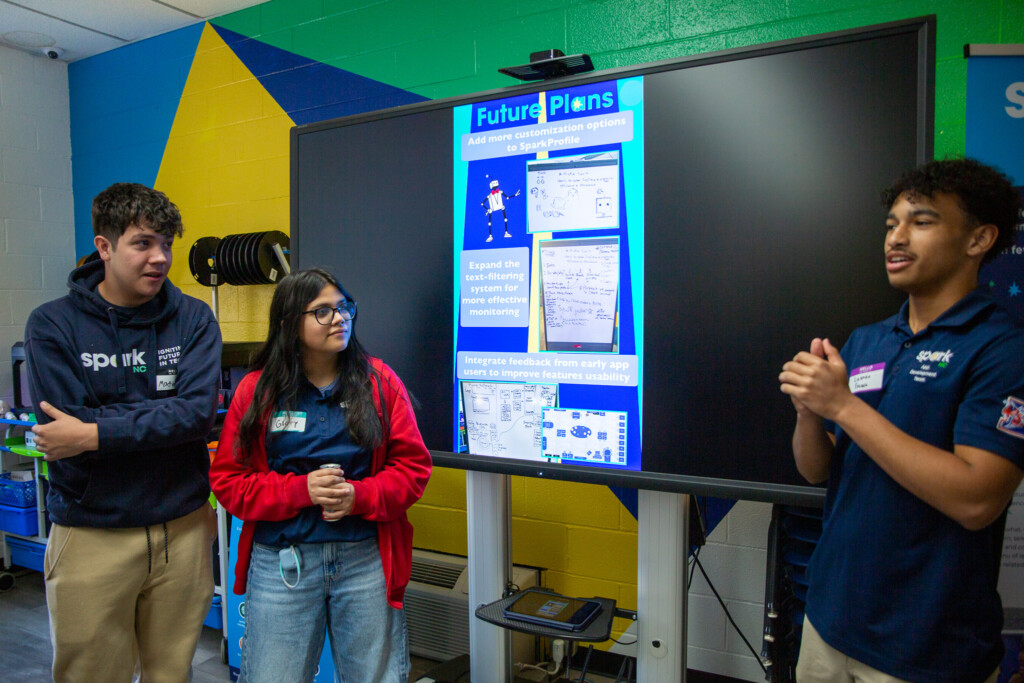
According to its president and co-founder, Lynn Moody, it’s “a whole new way to do school” — one that was formed out of a serendipitous conversation between Moody, a lifelong educator and superintendent, and a state legislator who was worried that the Tar Heel State’s schools weren’t adequately responding to the needs of the modern world (and workforce).
“I was planning to retire early,” Moody explained in a trademark North Carolina drawl. “But Senator Lee knew our schools needed to look differently. So together, with our founding Executive Director Joe Abledinger, we imagined a way to let kids go deep on tech because it’s an economy-changer. And we designed a program that could allow young people to try lots of things without risk.”
The program started in 2022, with seventeen of the state’s 115 districts agreeing to establish their own “SparkLab.” Unlike a conventional class, students get to choose their own adventure from a menu of 50 different tech-themed “units” — all ungraded — and then stack those units into actual graduation credits.
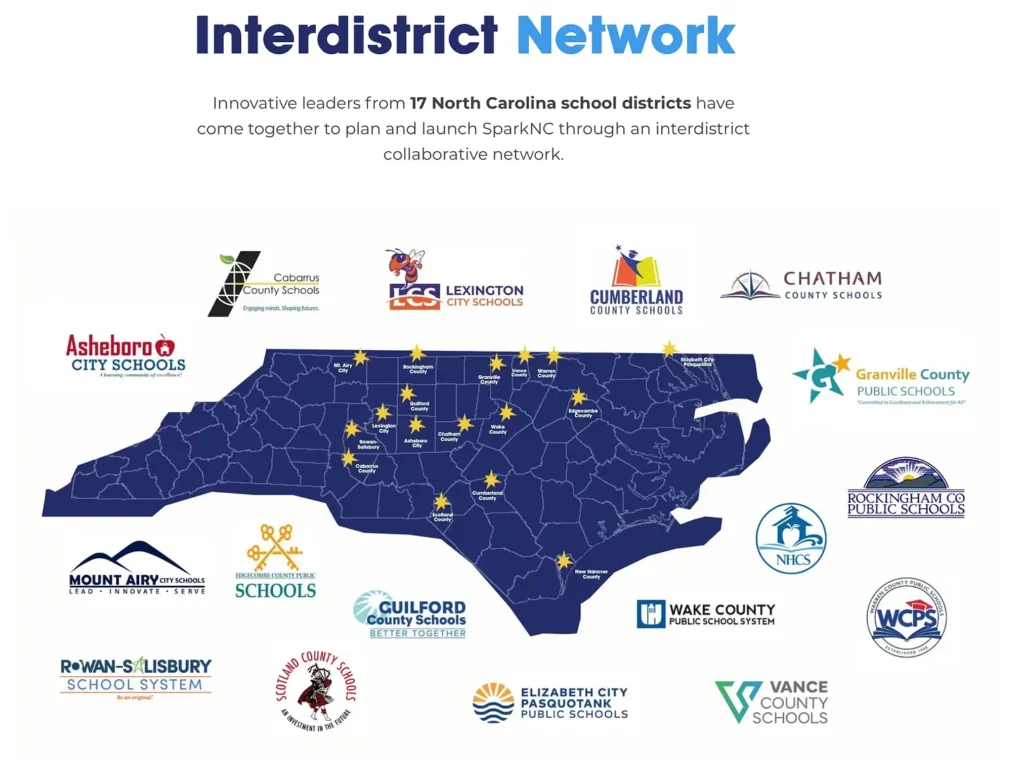
None of that learning — some of which is live, some virtual, and some socially embedded — is tied to the conventional school day or calendar; students complete the units at their own pace, and demonstrate their learning in a variety of unconventional ways — from training an AI model to breaking a cypher in a cryptography unit.
“We’re trying to help schools move away from traditional classes and rigid schedules,” Moody explained. “Students should have more freedom to choose what, where, and how they learn. I’ve witnessed year after year students who were never granted the time to go deeper on the things they were interested in. And I’ve seen teachers who came to feel like they were little more than cogs in the machine.”
For Garland Beamer, that feeling almost drove him out of the profession. “I was pretty burned out,” he said, “but this program has rejuvenated me. I get to form real relationships with my kids based on mutual interest instead of compliance. And it’s fun to spend our time together just making stuff.”
Nearby, a freshman named Adrian is doing just that — he’s designing his own video game controller. With a light mustache and a silver crucifix on a chain, he leans over conductive filament he made from the room’s 3D printer, and talks about why he loves the program so much.
“Mr. Beamer has shown us we’re all bigger than we think,” he says, eyes widening as he speaks. “Tech was not really my thing — at first I didn’t think I’d be into it, but now I couldn’t live without it. And I want to be with Spark forever. I feel like it’s my obligation to help. We need to take this nationwide.”
Jeremiah, a tall boy with tight braids, agrees. “I love tech — and the future is going to be online. When you’re in regular school you’re only talking with the people in your school. But when you’re in Spark you get to talk to all kinds of people, and hear all kinds of perspectives.”
For the SparkNC team, that work — weaving together the different SparkLabs (while adding more), and creating even more opportunities for young people to make meaningful connections that can shape their futures — is the central challenge of its next stage of development.
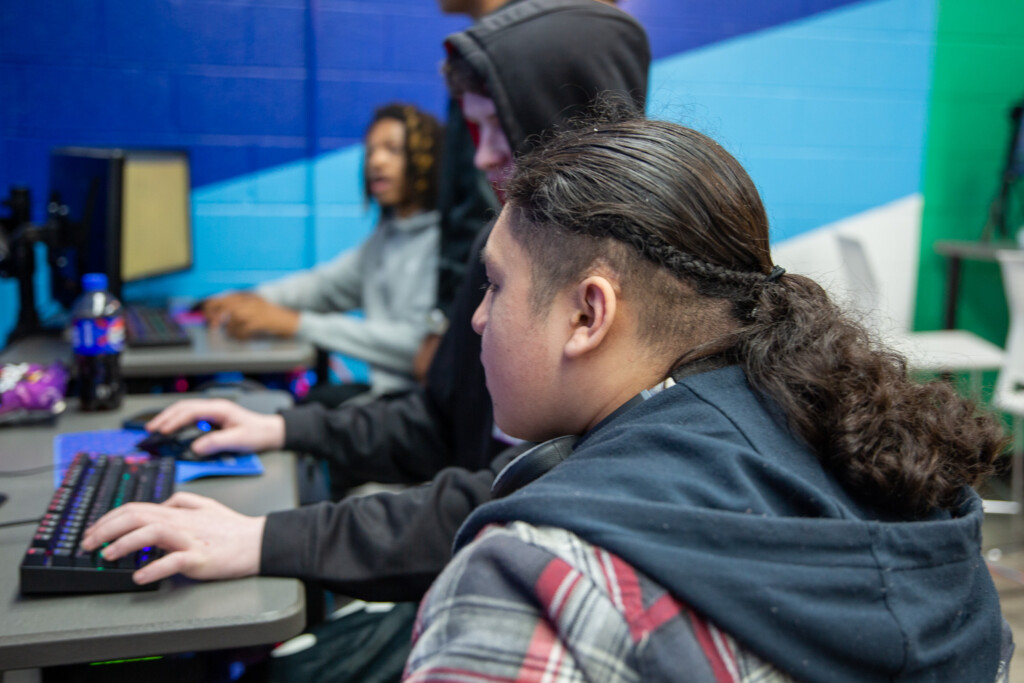
“We’ve been targeting some of the more rural districts in Eastern and Western North Carolina,” Moody explained. “These places see the opportunity this program can provide — and they hope it’s also a way to keep some kids in place, and get them to apply their talents locally.”
For Moody, though, the ultimate stakes are even higher. “The impact of AI has changed everything,” she said. “People are trying to figure out what it means to be a human contributor in the AI economy.”
For SparkNC, that means that in addition to the state’s school districts, community partners are key. And one of them, Dan Gonzalez, has a perfect analogy for what needs to happen — and why.
“I liken the changes in the labor market to the changes in the game of basketball,” offered Gonzalez, whose program, District C, places Spark students in teams to complete internships that prepare them for modern work. “In both areas, the game has changed dramatically, and so has the way we need to prepare.”
Unfortunately, Gonzalez adds, “conventional schools are still preparing two-point players for a three-point economy. But employers across industries are telling us they need three-point players — people who know how to leverage the strengths of their teammates, who know how to break down complex problems, and who can present ideas compellingly.”
“The future is essentially all about team-based problem solving,” Gonzalez argued. “And so if we want to prepare them, we have to make sure they can do things that computers can’t do.
To keep widening its web of influence, SparkNC is expanding into nine more districts next year. It decided to join the inaugural cohort of twelve communities across the country that are working with Education Reimagined to establish “learner-centered ecosystems.” And, as Director of Learning Design McClain Musson put it, SparkNC is seeking to reimagine what the whole concept of a school system looks and feels like.
“Our district partners are already aligned around the idea that we need to start doing school differently,” she began. “So we’re competing against the old structures even more than the old mindsets. How can we change the policy constraints to match the mindset? We’ve all worked in a lot of systems over the course of our careers. But this level of ownership for students requires a level of discomfort in adults. And to truly be an ecosystem you have to weave all of its different parts together. You have to foster those connections. And while we do, we have to fight against ourselves and guard against reestablishing the same rigid structures we fled in the first place.”
Indeed, the reminders of those structures are all around every SparkLab, in the form of the myriad timeworn habits we all associate with that thing we call ‘school’. But here, too, Lynn Moody sees a longer game — and a larger shift.
“Each SparkLab is an oxygen bubble within the existing system. And while there is plenty of work to be done connecting all those bubbles together, it’s just as important that the magic and spirit of our Labs start seeping out into the rest of those buildings.
“Ecosystems aren’t made out of steel. They’re made out of people. And sometimes, when you shift the configurations of those people, it can change everything.”
This article is part of a series highlighting sites from Education Reimagined’s Learner-Centered Ecosystem Lab. In collaboration with writer, filmmaker, and global design consultant Sam Chaltain, Education Reimagined is showcasing the development of learner-centered ecosystems in communities across the United States.
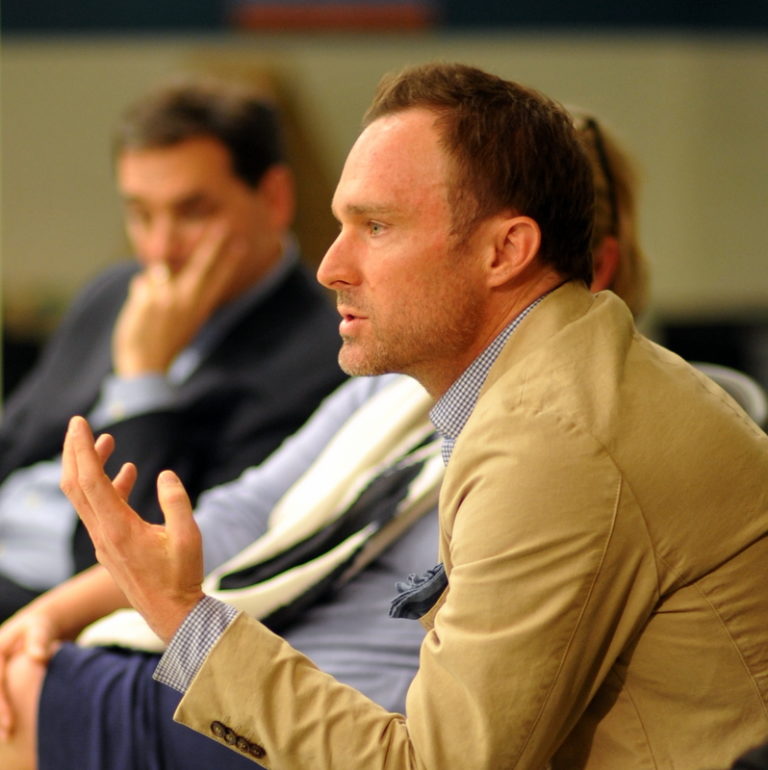



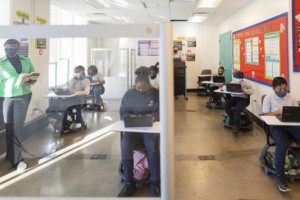
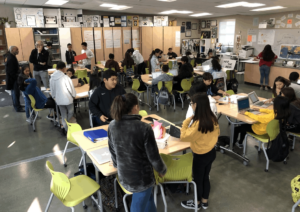
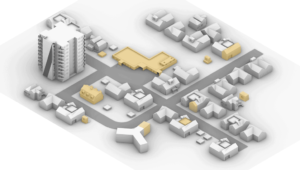
0 Comments
Leave a Comment
Your email address will not be published. All fields are required.